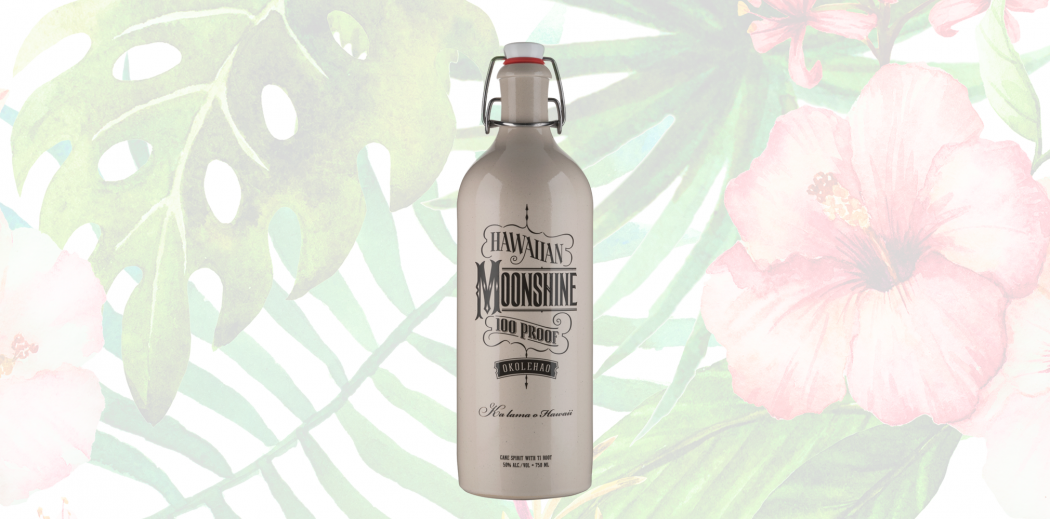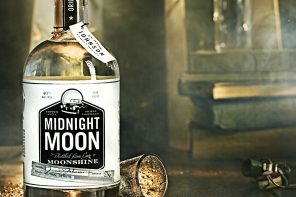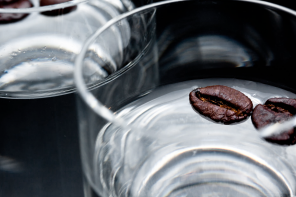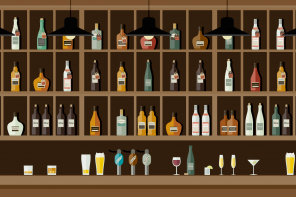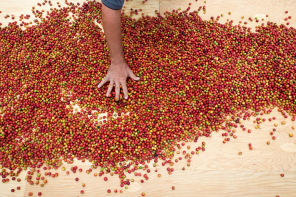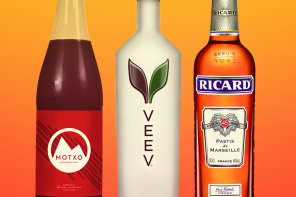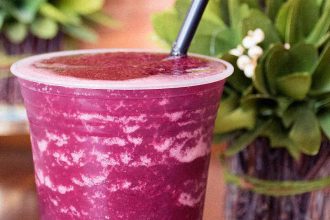When we think “Hawaii,” a lot of things to come mind—palm trees, hula skirts, coconuts and hot surfers are dreamy images I surround myself with when I take mental vacations in my cubicle. And when I think about drinking on the beach, I envision frozen piña coladas and frosty mai tais—definitely not moonshine.
But one of Hawaii’s newest exports is a remake of traditional okolehao, or oke, now dubbed Hawaiian Moonshine by creator Dave Flintstone. Okolehao was an ancient Hawaiian alcoholic spirit, made from the root of the ti plant, native throughout Polynesia. Oke’s first appearance is attributed to English ship captain Nathaniel Portlock, who wanted to prevent scurvy among his sailors—so he dug up the root of a ti plant, baked it and fermented it into a sort of beer.
The man allegedly responsible for distilling this funky beer into liquor is escaped convict (and stowaway) William Stevenson. Okolehao was embraced by both sailors from the West and native people, though the king banned the liquor in 1818. During this era of prohibition, illegally made oke was available throughout the islands through World War II.
It became Hawaii’s only indigenous distilled spirit, and was sweetened with either sugarcane or pineapple. The drink was popular among US military personnel stationed in Hawaii during World War II, but production dwindled after the war, when rum and vodka became more available.
Okolehao was then minimally available, and by the 1980s and ‘90s was a syrupy, 70-proof version of its original self, marketed to tourists as a liqueur. Real oke is supposed to have a mellow sweetness and earthy, herbal flavor—and 100-proof.
Then, in 2012, Honolulu-based Island Distillers released Hawaiian Moonshine, a recreation of the original okolehao. Flintstone, the owner, spent five years reading and translating copies of old Hawaiian language newspapers and written reports, and tried to learn as much as possible about okolehao so he could create as authentic a reproduction as possible.
“I was able to find enough information about the equipment used, the processes employed, ingredients and the finished product’s taste to reproduce an original 18th century okolehao.”
Flintstone sources ti root from the Big Island, and the sugarcane comes from Oahu and Maui. He says that sales quickly expanded to all of the Hawaiian Islands and is available at retail stores throughout Hawaii, but if you live elsewhere you have to order it online. So if you’re curious about Hawaii’s history of bootleg liquor or craving an authentic sip of paradise, say aloha to oke.

